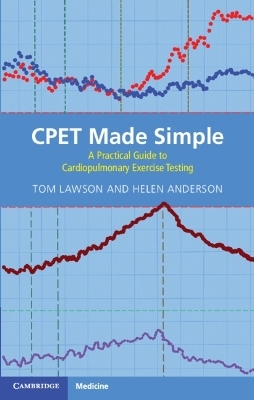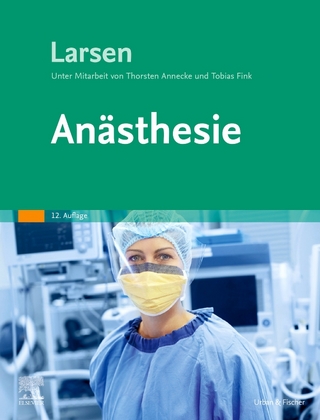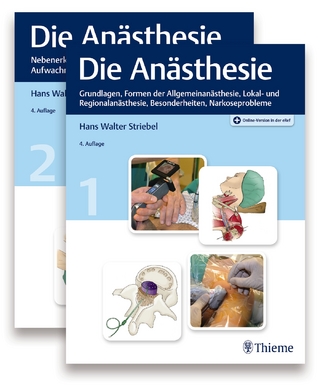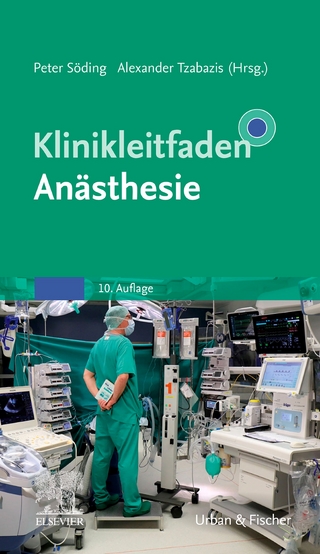
CPET Made Simple
Cambridge University Press (Verlag)
978-1-009-41288-9 (ISBN)
Cardiopulmonary exercise testing (CPET) is an increasingly important investigation for anaesthesiologists, surgeons, cardiologists, pulmonologists, physiologists, and peri-operative physicians. For trainees, non-experts, or simply those seeking an introduction to interpreting CPETs, this essential book builds layers of knowledge that can be applied in case studies and in future practice. It will help you learn and understand: • What is CPET and what are the principles of exercise physiology • How to conduct a CPET • How to interpret a CPET nine-panel plot • How to assess exercise capacity and limitation. This practical and clinical guide is both easy to read and easy to understand and features diagrams illustrating key principles. It outlines the basic physiological principles and takes a step-by-step approach to conducting and interpreting a cardiopulmonary exercise test, together with case studies to consolidate learning. Chapters cover the indications and contraindications of CPET, test safety and complications, spirometry, writing a CPET report, and shared decision-making.
Tom Lawson is Consultant Anaesthetist at Swansea Bay University Health Board in Swansea. Helen Anderson is Consultant Anaesthetist at University Hospitals Plymouth NHS Trust in Plymouth and Honorary Secretary of iPOETTS (International Prehabilitation and Perioperative Exercise Testing Society).
Glossary; List of Abbreviations; Introduction; Part I. What is Cardiopulmonary Exercise Testing?: 1. What is cardiopulmonary exercise testing?; 2. Exercise physiology; 3. Anaerobic threshold, ventilatory, and cardiovascular response to exercise and the Fick principle; Part II. Conducting a Cardiopulmonary Exercise Test: 4. Conduct of a CPET; 5. Spirometry and flow-volume loops; 6. Ergometers and work rate increment, equipment, staff, and preparation; 7. Workload, breath-by-breath analysis and test phases, and stopping a cardiopulmonary exercise test; Part III. Interpreting a Cardiopulmonary Exercise Test: 8. Different plots and CPET interpretation; 9. RER versus time (or work rate) plot; 10. VO2 (and VCO2) versus work rate versus time plot; 11. VCO2 versus VO2 plot; 12. VEVO2 and VEVCO2 versus time (or work or VO2) plot; 13. PETO2 and PETCO2 versus time (or work or VO2) plot; 14. Heart rate and O2 pulse (VO2/HR) versus time plot; 15. VE versus time plot; 16. VE versus VCO2 plot; 17. Vt versus VE plot; 18. Additional parameters of interest and presentation of results; Part IV. Assessment of Exercise Capacity and Causes of Exercise Limitation and Dyspnoea: 19. General interpretation and a normal test; 20. Submaximal test; 21. CPET in trained athletes, deconditioning, and obesity; 22. Cardiovascular limitation; 23. Ventilatory limitation; 24. Pulmonary vascular limitation; 25. Peripheral vascular limitation; 26. Peripheral muscle limitation; 27. CPET and dyspnoea; 28. Dysfunctional breathing; 29. Peri-operative risk stratification and shared decision making; Further Reading; Index.
| Erscheinungsdatum | 29.03.2024 |
|---|---|
| Zusatzinfo | Worked examples or Exercises |
| Verlagsort | Cambridge |
| Sprache | englisch |
| Themenwelt | Medizin / Pharmazie ► Medizinische Fachgebiete ► Anästhesie |
| Medizin / Pharmazie ► Medizinische Fachgebiete ► Chirurgie | |
| ISBN-10 | 1-009-41288-4 / 1009412884 |
| ISBN-13 | 978-1-009-41288-9 / 9781009412889 |
| Zustand | Neuware |
| Haben Sie eine Frage zum Produkt? |
aus dem Bereich


